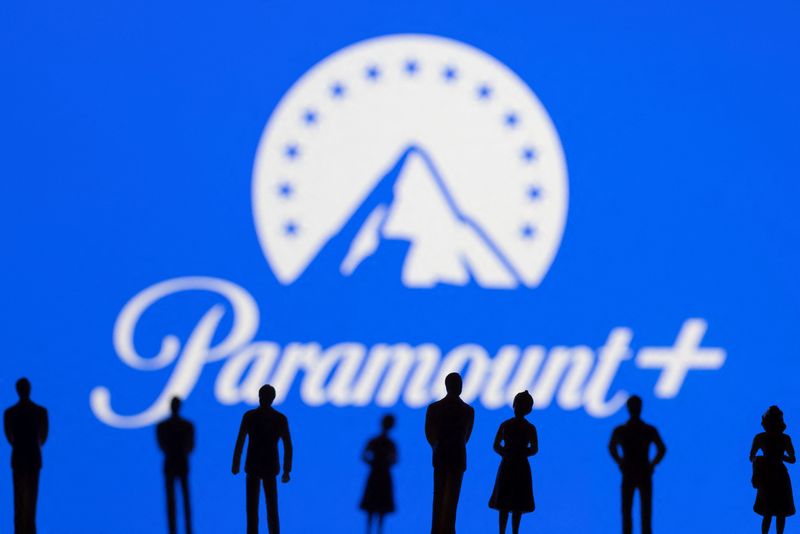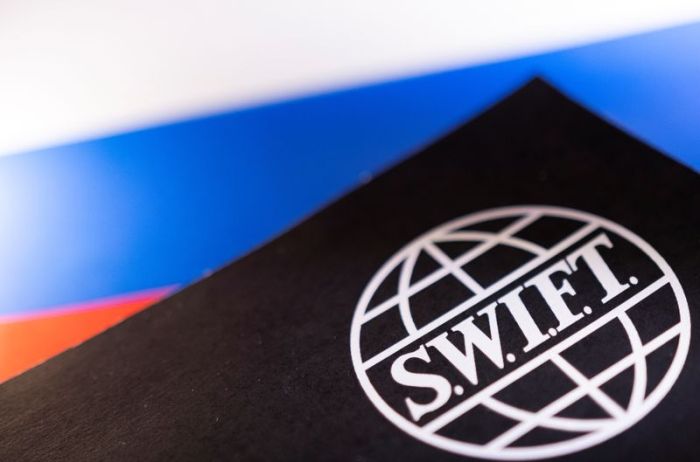(Reuters) -Paramount Global reported forecast-missing quarterly revenue on Tuesday that sent its shares down 6%, but the media giant still added millions of streaming subscribers.
Total revenue fell about 1% to $7.33 billion in the first quarter, below analysts’ estimates of $7.38 billion, according to IBES data from Refinitiv.
Paramount said revenue in its TV media segment, its highest revenue generator, fell 6% compared to last year when CBS’ broadcast of Super Bowl LV – a championship this year carried by Comcast Corp-owned NBC – brought more viewers and ad revenue.
The results come at a time when Wall Street has raised concerns over the long-term viability of streaming as the pandemic boom fades, with rival service Netflix Inc losing 200,000 subscribers in the first quarter.
“We see risk to potentially saturated and highly competitive streaming-addressable markets in both the U.S. and overseas,” wrote CFRA analyst Kenneth Leon in a note on Tuesday.
Paramount+ saw growth in the quarter, adding 6.8 million subscribers on the back of titles such as “Scream” and “The Lost City”.
Revenue in the company’s direct-to-consumer business, which includes Paramount+, increased 82% due to a 59% jump in ad sales and a 95% increase in subscription revenues.
On a call with investors, Paramount Global Chief Executive Officer Bob Bakish said the company will bring Paramount+ to India in 2023 through its joint venture Viacom18, following Walt Disney Co’s tie-up with Hotstar, a sports and regional content favorite.
The company’s chief financial officer said on the call that the Russia-Ukraine conflict will cut direct-to-consumer subscriber growth by 3 million in the second quarter, roughly two-thirds of whom are subscribers to a non-Paramount+ service specific to the Russian market.
Revenue in the company’s filmed entertainment business fell by about 27% in the quarter due to lower licensing revenue.
Net earnings attributable to Paramount fell to $433 million, from $911 million a year earlier.
Excluding items, the media giant earned a profit of 60 cents per share in the quarter ended March 31, above expectations of 51 cents.
(Reporting by Eva Mathews in Bengaluru and Helen Coster in New York; Editing by Krishna Chandra Eluri and Jan Harvey)
























